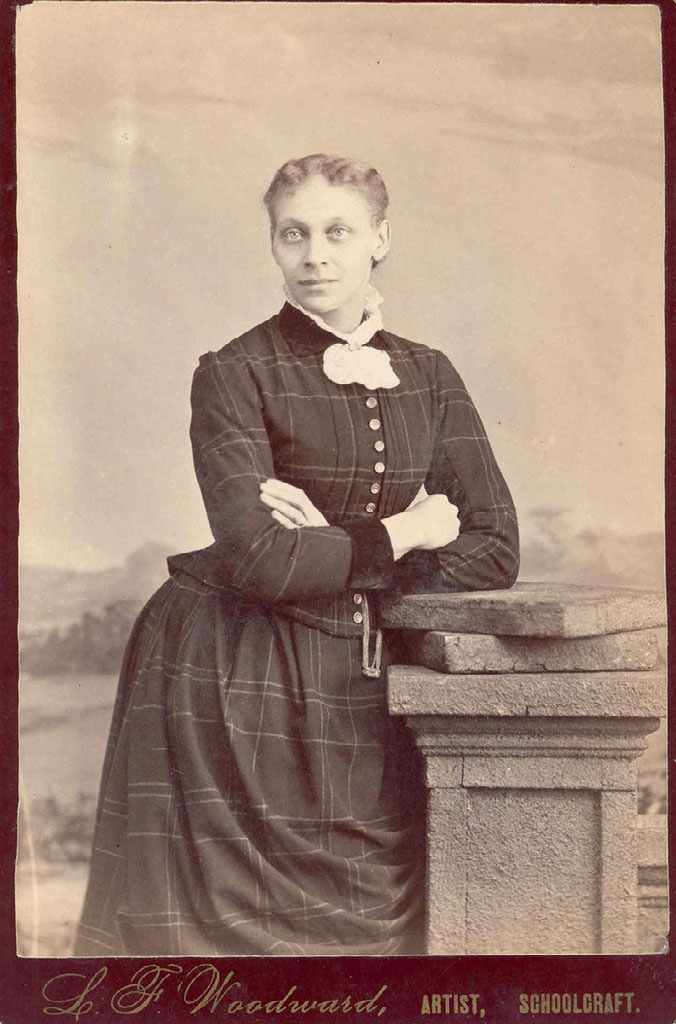Dorothy Butler A FUGITIVE SLAVE WHO SETTLED IN SOUTHWEST MICHIGAN
An important stop on the Underground Railroad in Kalamazoo County was in Schoolcraft at the home of Dr. Nathan Thomas, an active abolitionist and stationmaster on the UGRR. The Schoolcraft station saw a great deal of activity during the decade of the 1840s, but because of the Fugitive Slave Law of 1850, the numbers of fugitives passing through between the years 1850 and 1860 decreased dramatically.
The Fugitive Slave Law authorized a slave holder to reclaim any escaped slave who might have traveled north. Anyone witnessing the attempted capture of a fugitive was commanded as a “good citizen” to aid and assist in the execution of the law, so it was much more dangerous to attempt escape at this time.
Nathan Thomas's daughter, Ella, in her account of the Underground Railroad, only remembers four persons passing through the Schoolcraft station during the decade between 1850 and 1860.
One of those four was Dorothy Butler who escaped from Kentucky at about the age of seven with her mother, Nellie, and older sister Sophie. The three women were brought to the Thomas house by a Colonel Wheeler. Dorothy and her mother were then placed with the family of Delamore Duncan, president of the Schoolcraft and Three Rivers Railroad Company, who was known to take part in Underground Railroad activities. Sophie, the fifteen year old, was sent to live with Jeanette Brown, a sister of Parmela Duncan, who lived on a farm a few miles west. The small family went on to spend most of their lives in Kalamazoo County.

As described as an adult, Dorothy Butler was a “tall spare woman with a sallow complexion and blond kinky hair, a brisk manner, and a hearty laugh.” She lived in Kalamazoo most of her adult life, was employed as a housekeeper “in some of the fine homes,” and was considered a marvelous cook. Judging from information found in the 1880 census, Dorothy and Nellie must have spent some time living with Sophie and her husband, George Bass, in Decatur. George is shown to have served in the Colored Infantry, Company 1 during the Civil War.
Dorothy, or Dolly as she was sometimes called, appears in the census records of 1910 as working in the home of Albert and Dora Gates, residents of South Street in Kalamazoo. Gates was president of C.H. Dutton. an engine manufacturing company.
Source: “The Underground Railroad” – Schoolcraft, Michigan by Ella Thomas, Kalamazoo Gazette, January 4, 1932. Photo from the Archives and Regional History Collection of Western Michigan University.